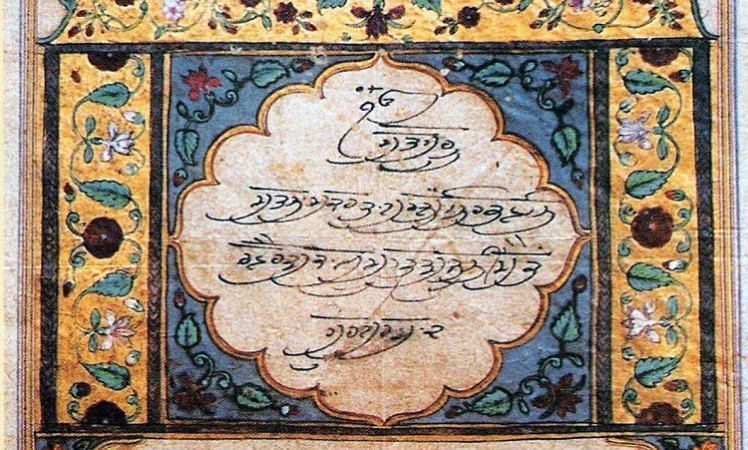
This Day in History: On September 1, 1604, a momentous event took place in the city of Amritsar, Punjab, that would have a profound impact on Sikhism and its followers. It was on this day that the Sri Guru Granth Sahib, the sacred scripture of Sikhism, was formally established at the Harmandir Sahib, also known as the Golden Temple.
Sikhism, a monotheistic religion founded in the late 15th century by Guru Nanak Dev Ji, had been flourishing for several generations. The faith emphasized the belief in one God and the principles of equality, humility, and selfless service. Guru Nanak Dev Ji's teachings were succeeded by a lineage of nine Gurus, each of whom contributed to the spiritual and social development of the community.
The compilation of the Sri Guru Granth Sahib was initiated by the fifth Guru, Guru Arjan Dev Ji, who recognized the need for a central scripture to unify the Sikh community and preserve its teachings for future generations. Under his guidance, the Guru Granth Sahib was compiled, and it included not only the writings of the Sikh Gurus but also compositions of various saints and poets, including those from different religious backgrounds. This inclusivity was a testament to Sikhism's commitment to promoting harmony and understanding among different faiths.
Guru Arjan Dev Ji completed the compilation of the scripture in 1604. To mark this significant achievement and to provide a central place for the Guru Granth Sahib's reverence, Guru Arjan Dev Ji placed the holy scripture in the newly constructed Harmandir Sahib, which translates to the "Temple of God." This exquisite and iconic structure, often referred to as the Golden Temple due to its stunning golden exterior, became the spiritual and cultural center of Sikhism.
The installation of the Guru Granth Sahib at Harmandir Sahib was a pivotal moment in Sikh history. It symbolized the culmination of the spiritual wisdom and guidance of the Sikh Gurus, and it established a continuous source of inspiration and direction for the Sikh community. The Guru Granth Sahib wasn't merely a collection of religious hymns but a living embodiment of the Gurus' teachings, offering insights into leading a purposeful and virtuous life.
The Sri Guru Granth Sahib's placement in Harmandir Sahib also held a deeper significance. It underscored the idea that the divine guidance contained within the scripture was accessible to all, regardless of their background or social status. The Harmandir Sahib, with its four entrances, represented openness and acceptance, echoing the core values of Sikhism.
Throughout history, the Harmandir Sahib has continued to serve as a spiritual and cultural epicenter for Sikhs around the world. It stands as a testament to the enduring principles of Sikhism: equality, selfless service, and devotion to one God. The Sri Guru Granth Sahib remains a source of solace, inspiration, and guidance for millions, offering wisdom that transcends time and borders.
As we reflect on the events of September 1, 1604, we are reminded of the profound impact that the establishment of the Sri Guru Granth Sahib at Harmandir Sahib has had on Sikhism and its followers. It represents the culmination of the vision and efforts of Guru Arjan Dev Ji, and it continues to inspire individuals on their spiritual journeys while promoting unity and understanding among all people.